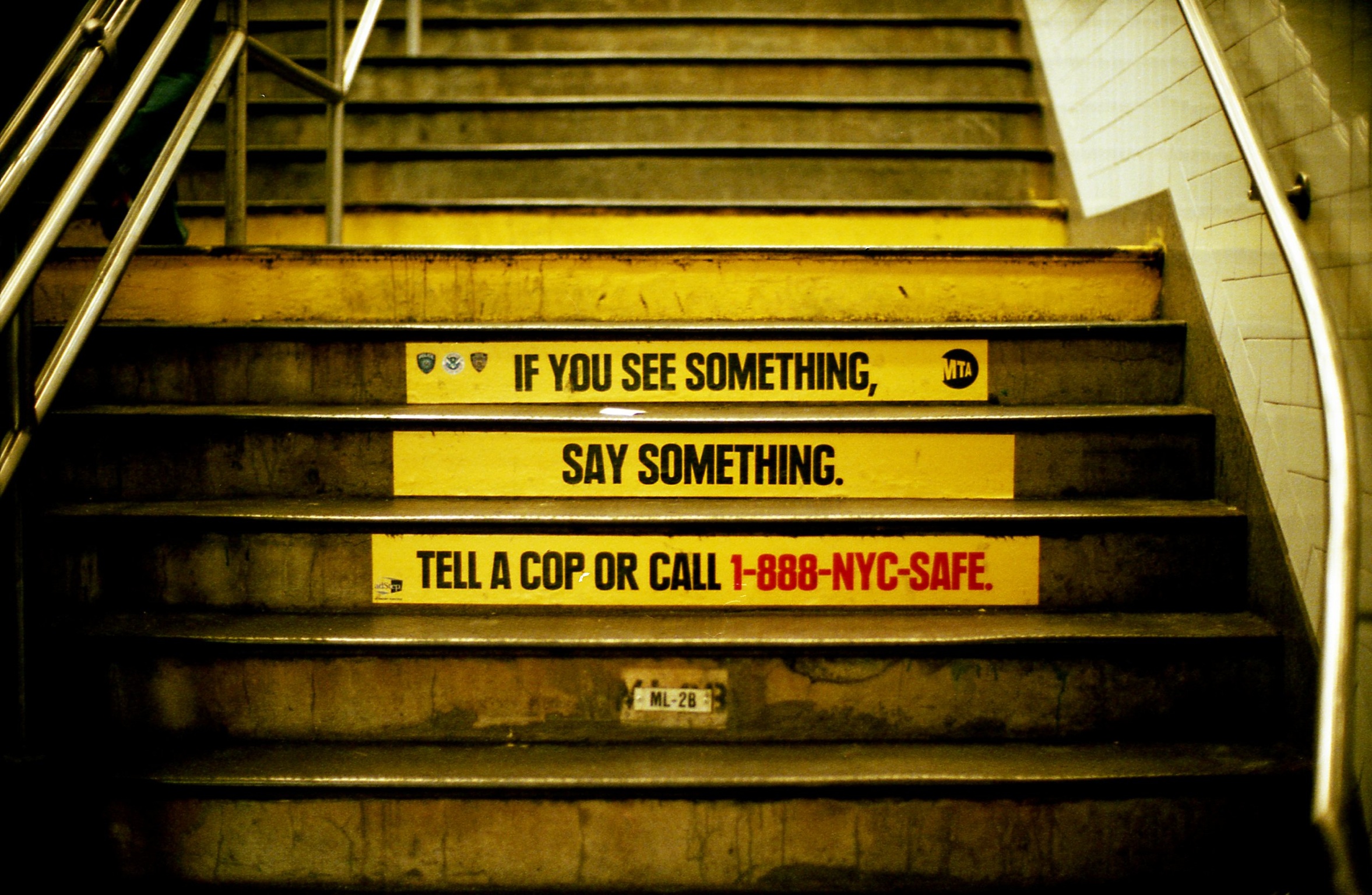
Last week a woman spotted a 17-year-old boy engaged in suspicious activity at a storage facility in Waseca, Minnesota, and called the police. When they arrived, they discovered the youth was storing bomb-making materials and allege he confessed to plotting to kill his family and bomb his school. The woman’s prescient actions in calling the police undoubtedly saved many lives, and she deserves great credit for taking responsible action.
Although it reached national headlines, Shellhas’ case is not unique. Last December, Attorney General Eric Holder stated the FBI had prevented nearly 150 potential cases of violent assaults, including mass shootings. In most cases, people reached out to law enforcement, school administrators, clergy or mental health professionals with concerns about a person acting in a threatening manner. In most cases, these suspicious individuals were then diverted to mental health services. That number, 150, may seem daunting, and perhaps most of these threats never would have come to fruition. However, conscientious citizens reporting suspicious activity does seem to be an essential part of preventing mass assaults and other violence. A 2002 report by the U.S. Secret Service on school shooters found that many shooters told or warned someone of an impending attack.
However, the difficulty is in deciding when to report and when not to. It’s easy to tell people to report suspicious behavior, but people tend to worry about being wrong and making fools of themselves. It’s essential that, as part of the message, we let people know that being wrong, so long as it is in good faith, is okay. People may also have difficulty reporting someone they know for suspicious behavior. Imagine a close friend or relative is having difficulties at work and makes off-the-cuff comments about blowing the place up. At what point does it become possible to believe that this person’s comments indicate a real threat, particularly if this is someone you love?
The other issue regards the potential for profiling people to descend into an Orwellian type regime in which innocent people who don’t fit social norms are unfairly targeted. Most shooters are male but, as indicated by last month’s shooting at a Jewish community and retirement center by a 73-year-old man, they can be of any age or background.
The 2002 Secret Service report found that mass shooters tend to exhibit three traits: namely, chronic mental health issues, a history of anger, rage or anti-social tendencies and a tendency to blame others for their problems. Most mass homicide perpetrators do not “snap” but, as with the bombing prevented last week, are planned out over weeks, months or longer. The good news is that’s a lot of time for someone to notice something’s amiss and report it.
However, it’s not a stretch to think that the number of people who fit the profile of having mental health issues, chronic rage and resentment toward others could number in the hundreds of thousands, if not more. Mental health advocates are right to worry about potential stigmatizing of people for things they have not done.
Although most shooters are adult males, the problem can become more pronounced when discussing young shooters, when issues of juvenoia or general fear of youth, can make “profiles” even more broad and useless. It’s not uncommon to see entire swaths of youth portrayed as imminent threats, whether minority youth, kids from fringe social groups such as Goths or others who like to write stories or listen to music with darker themes. After Sandy Hook, most attention was uselessly diverted toward youth culture, such as playing violent video games. But the official investigation ultimately found that the Sandy Hook shooter was more interested in non-violent games like Dance, Dance Revolution. Such issues highlight the challenges in avoiding “profiles” that unfairly target innocent and harmless individuals because they are different.
Thus, it is our challenge to balance the need to report suspicious activity while avoiding witch-hunts of “different” individuals, particularly when based on misinformation of faulty profiles. How to productively divert potentially threatening individuals to appropriate mental health services while protecting the rights of those who are different but non-threatening will continue to be a major challenge for the foreseeable future.
More Must-Reads from TIME
- Donald Trump Is TIME's 2024 Person of the Year
- Why We Chose Trump as Person of the Year
- Is Intermittent Fasting Good or Bad for You?
- The 100 Must-Read Books of 2024
- The 20 Best Christmas TV Episodes
- Column: If Optimism Feels Ridiculous Now, Try Hope
- The Future of Climate Action Is Trade Policy
- Merle Bombardieri Is Helping People Make the Baby Decision
Contact us at letters@time.com